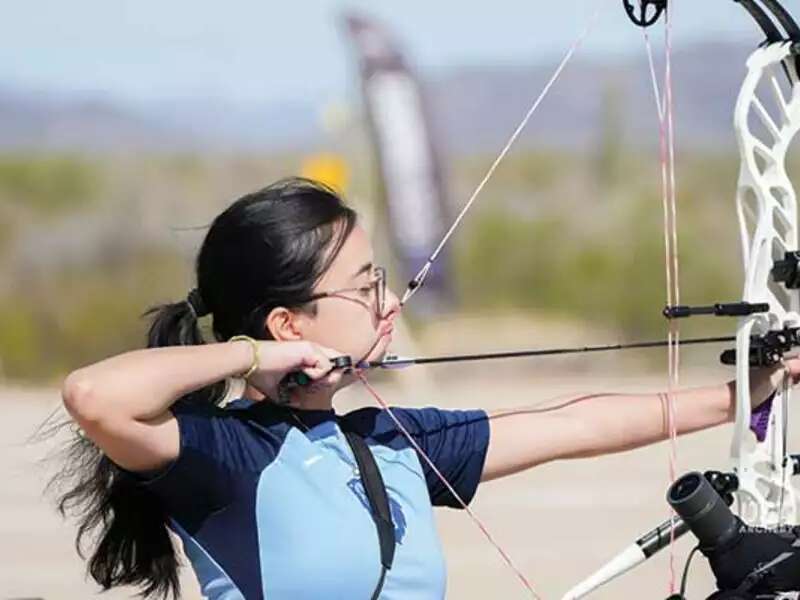
This March, Barnard players delivered standout performances in fencing, squash, archery, and women’s basketball
Barnard’s first gift to me was admission to the College. At the time, I could only dream of how I might contribute to society. Perhaps Barnard recognized a potential in me that I too might realize.
The gifts kept coming. I learned from the best of educators and from smart, vibrant classmates. I could make mistakes and learn from my mistakes. And we had fun — remember the pub in John Jay Hall?
But there was another gift that, to me, was among the best: athletics.
I had always wanted to be a competitive athlete. But this was still in the early days of Title IX, with far fewer opportunities for women. In 1975, in response to student lobbying, athletic director Marian Rosenwasser started an intercollegiate athletic program with three teams: basketball, volleyball, and swimming/diving. Track and field, my sport, was added later.
We were quite the ragtag group. No indoor track? No problem. We had Riverside Park. No fancy van or bus? The subway took us straight to Baker Field. Fancy warmup suits? Nope, just sweatshirts and pants. Our teams and coaches only knew “can do.” I became captain of the track and field team, and we were off and running.
At the time, little did I realize how athletics would influence my life plan. I remember sitting in my Plimpton dorm room, looking out at West 121st Street, and contemplating what I would or could do with my career to make the world a better place.
From track and field, I saw how the human body performed at its very best. I also understood that health could be fragile, leaving the body unable to walk, let alone run. Treating — and better yet preventing — disease was the bottom line. I decided I would become a physician. The only problem was that as a liberal arts major, I was about as far from being a pre-med student as one could be. I also had a rough time with math and science. And I was a bad test-taker. Not a good recipe for successful admission to medical school.
I took my “never give up” attitude from track and applied it to my quest to become a physician. It was going to be tough, but hey, no one could tell me not to try. Barnard was there with me through the journey, Dean Esther Rowland and her team always urging me on. I graduated from Barnard and started taking the prerequisites. I began work on a doctoral degree (Ed.D.) in exercise physiology at Teachers College. This training would fit in with my career goals to improve health by emphasizing wellness.
I made it to med school and kept raising the bar. I was accepted into a top internal medicine residency at Duke University. Then it was back to Columbia for my cardiology fellowship and post-docs in lipid research and preventive cardiology.
I kept the promise to myself that my work would help make a difference, not only helping patients one by one but on a wider scale as a leader in my field. I stayed in academic medicine, where I could teach, mentor, and do research.
I look back with appreciation for what Barnard gave me. I look back with deep gratitude for their support of my dream to become a physician and for giving me the opportunity to be a varsity athlete. I do feel that being a competitive athlete made a difference. It helped me become the person I wanted to be, in so many ways. Would I have made it to med school regardless of being on track? I don’t know. But I do know that my life was richer for having been on the team.
In addition to her medical practice, Merle Myerson ’78 writes on contemporary health issues. She is chair of the Women’s Health Group of the National Lipid Association, focusing on issues of relevance to women in the prevention of cardiovascular disease.